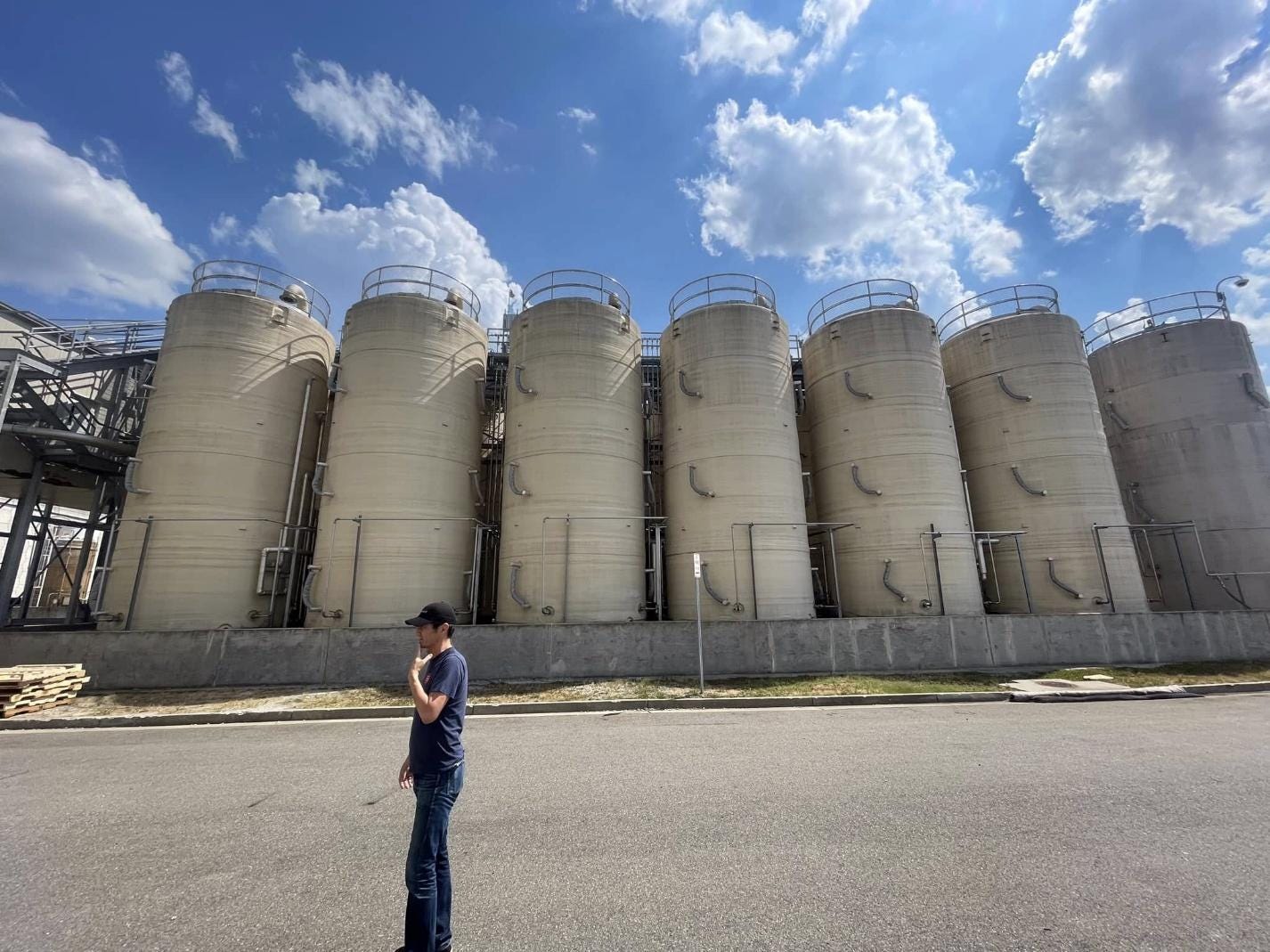Tradition and Innovation in Koji
Takashi Sato on connecting the past to the future with fermentation
Greetings, Flavor Freaks! Today’s guest post is from Takashi Sato, President of San-J. Takashi has been a longtime friend and sponsor of Kojicon, and his social media posts share detailed information about fermentation and the many fascinating properties of tamari and other ferments. We’re thril…
Keep reading with a 7-day free trial
Subscribe to Flavor Freaks to keep reading this post and get 7 days of free access to the full post archives.


